Hello everyone, hate to be a bother, but my first post is one asking for help troubleshooting a peculiar issue I am currently having with a 2010 Mac Pro I picked up.
Other than missing ram (which I have replaced with a random stick I had laying around, and some dust, it seems to be in complete working order.
After I replaced the ram, I am able to get it to boot up to the chime, but after that, nothing.
 everymac.com
everymac.com
That is the subset of models that I’m working with. This one shipped with the Radeon 5770, in addition to the standard gpu. Neither has worked.
I have looked practically everywhere for a solution, but a fair majority already had theirs running previously, and were unable to get chime. I have tried the various solutions I’ve seen in them too:
Replacing the CMOS Battery.
SMC, NVRAM, and PRAM reset.
Re-seating the gpus (it comes with two, both of which it shipped with).
Trying the default gpu without anything plugged in.
Trying all the DVI and mini display ports on the gpu
The diagnostic leds don't light up for anything but power and standby.
Trying different monitors
Trying to boot into an install usb both windows and Lion
There are no obvious errors or damage, and the board is at least getting power, and the keyboard works when plugged into it and the ports will charge a phone.
Normally I like figuring things out myself, but I’m at the end of what I can do personally. If anyone has any advice, or some unknown method to get this Mac up and running I would be most grateful.
I know how help posts work, so if you need any more information let me know and I will do my best to provide.
Other than missing ram (which I have replaced with a random stick I had laying around, and some dust, it seems to be in complete working order.
After I replaced the ram, I am able to get it to boot up to the chime, but after that, nothing.
All Mac Pro with 2314 EMC Number: EveryMac.com
Complete tech specs, configuration details and identification info for all Mac Pro models with the 2314 EMC Number. Benchmarks and global prices, too.
That is the subset of models that I’m working with. This one shipped with the Radeon 5770, in addition to the standard gpu. Neither has worked.
I have looked practically everywhere for a solution, but a fair majority already had theirs running previously, and were unable to get chime. I have tried the various solutions I’ve seen in them too:
Replacing the CMOS Battery.
SMC, NVRAM, and PRAM reset.
Re-seating the gpus (it comes with two, both of which it shipped with).
Trying the default gpu without anything plugged in.
Trying all the DVI and mini display ports on the gpu
The diagnostic leds don't light up for anything but power and standby.
Trying different monitors
Trying to boot into an install usb both windows and Lion
There are no obvious errors or damage, and the board is at least getting power, and the keyboard works when plugged into it and the ports will charge a phone.
Normally I like figuring things out myself, but I’m at the end of what I can do personally. If anyone has any advice, or some unknown method to get this Mac up and running I would be most grateful.
I know how help posts work, so if you need any more information let me know and I will do my best to provide.
Attachments
-
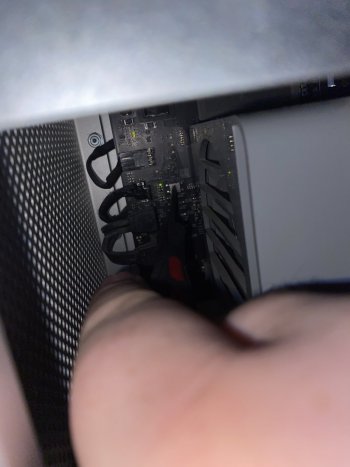 AFE319ED-D450-4DC6-9462-3D957815FC49.jpeg264.2 KB · Views: 324
AFE319ED-D450-4DC6-9462-3D957815FC49.jpeg264.2 KB · Views: 324 -
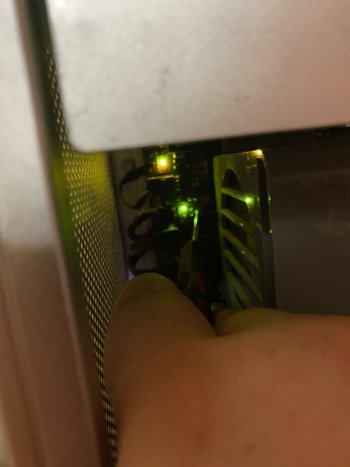 859E60A1-EDF5-4A89-B5FD-867B773E7528.jpeg267.9 KB · Views: 209
859E60A1-EDF5-4A89-B5FD-867B773E7528.jpeg267.9 KB · Views: 209 -
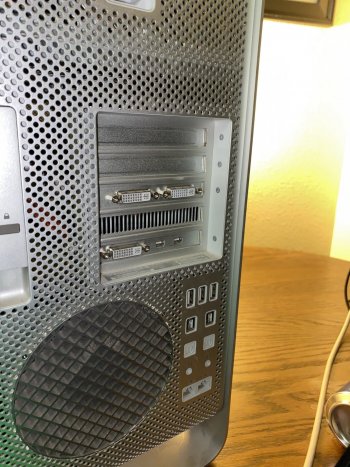 675411D9-65C1-4926-BD8F-9A2AB142E586.jpeg535 KB · Views: 208
675411D9-65C1-4926-BD8F-9A2AB142E586.jpeg535 KB · Views: 208 -
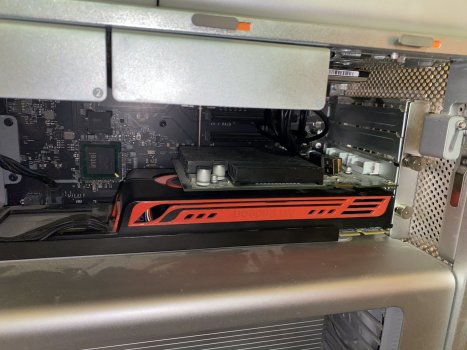 C233AA8F-7863-48C2-BE13-AD081DEAD981.jpeg437.3 KB · Views: 219
C233AA8F-7863-48C2-BE13-AD081DEAD981.jpeg437.3 KB · Views: 219 -
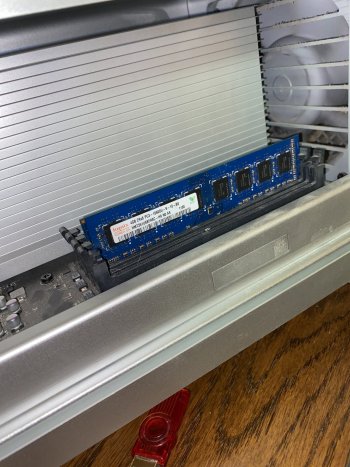 F8C7EC1E-506C-4712-9BCA-B1118F95D8BB.jpeg503.9 KB · Views: 200
F8C7EC1E-506C-4712-9BCA-B1118F95D8BB.jpeg503.9 KB · Views: 200

